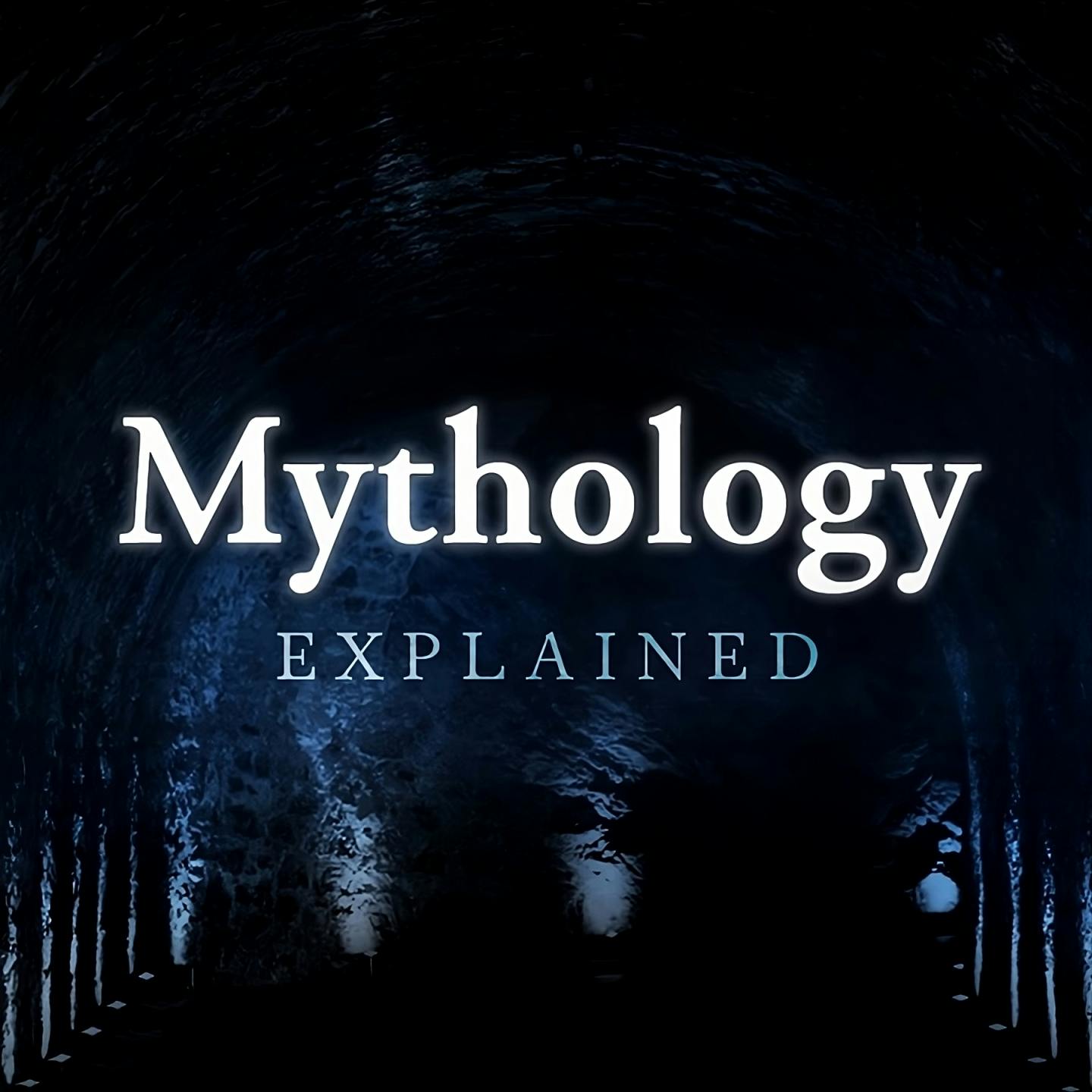
5 Monsters so Powerful Even the GODS & TITANS Feared Them - Greek Mythology Explained

Mythology Explained
Shownotes Transcript
Hey everyone, Welcome to Mythology Explained. In today's video, we're going to discuss the five most powerful monsters in ALL of Greek mythology.
Let's get into it.
Starting off our list is Medusa
There are many versions of Medusa's myth and how she came to be a Gorgon. The older account, the one featured in Hesiod's Theogony, has Medusa, along with her two sisters, Euryale and Sthenno, born as gorgons - the offspring of two primeval sea gods, Phorcys and Ceto. Later versions, such as the one given in Ovid's Metamorphoses, say that Medusa was originally a beautiful maiden. Poseidon took her against her will on the floor of Athena's temple, and then a wrathful Athena, as punishment for the defiling of her temple, made Medusa hideous to behold. Of the three Gorgon sisters, only Medusa was mortal, meaning she was the only one of the three that could be killed, which is why she was singled out and made the object of Perseus' quest. In some versions, it's only Medusa whose appearance petrifies, but in others, all three sisters share this ability. Where hair should have been were tangles of writhing snakes. Tusks that could have belonged to huge boars jutted from their jaws. Their hands were of bronze, sharper and deadlier than eagle's talons. A pair of great golden wings gave each of them the power of flight. And most infamous, most perilous of all, any who beheld them were turned to stone. Rather than some epic battle, strength against strength, Perseus, bedecked in every godly gift imaginable, Slayed Medusa in a furtive fashion. Made invisible by a magic cap, he flew, using his magic winged sandals, into Medusa's cave and lopped off her head while she slept. From the gory stump spurted more than monster's blood; out sprung two offspring: Pegasus, the winged horse, and Chryasor, meaning Golden-Blade. While Medusa met an untimely end when Perseus' blade sliced cleanly through her neck and decapitated her, the ability to turn any living creature to stone is undeniably powerful. The version of her myth given in Ovid's Metamorphoses is what guaranteed her place. In it, Perseus used Medusa's severed head to turn the Titan Atlas to stone. Extrapolating from that, it can be deduced that Medusa's gaze would similarly turn other immortal beings, like gods and other titans, to stone, making it a weapon of unparalleled power in Greek mythology.
At number 4 we have the Cyclopes
Here, when we say cyclopes, we're not talking about lesser cyclopes, like the cave-dwelling man-eater Polyphemus that Odysseus and his crew encountered in the Odyssey. No, we're talking about a specific trio of cyclopes: Arges, Steropes, and Brontes. In many respects they were similar to the Titans and gods that were to come, except for the large single eye in the middle of their foreheads. They were the sons of Uranus, the personification of the sky, and Gaia, the personification of the earth. They had three older siblings, the Hecatonchires, also known as the Hundred-Handers, and 12 younger siblings, the 12 first-generation titans.